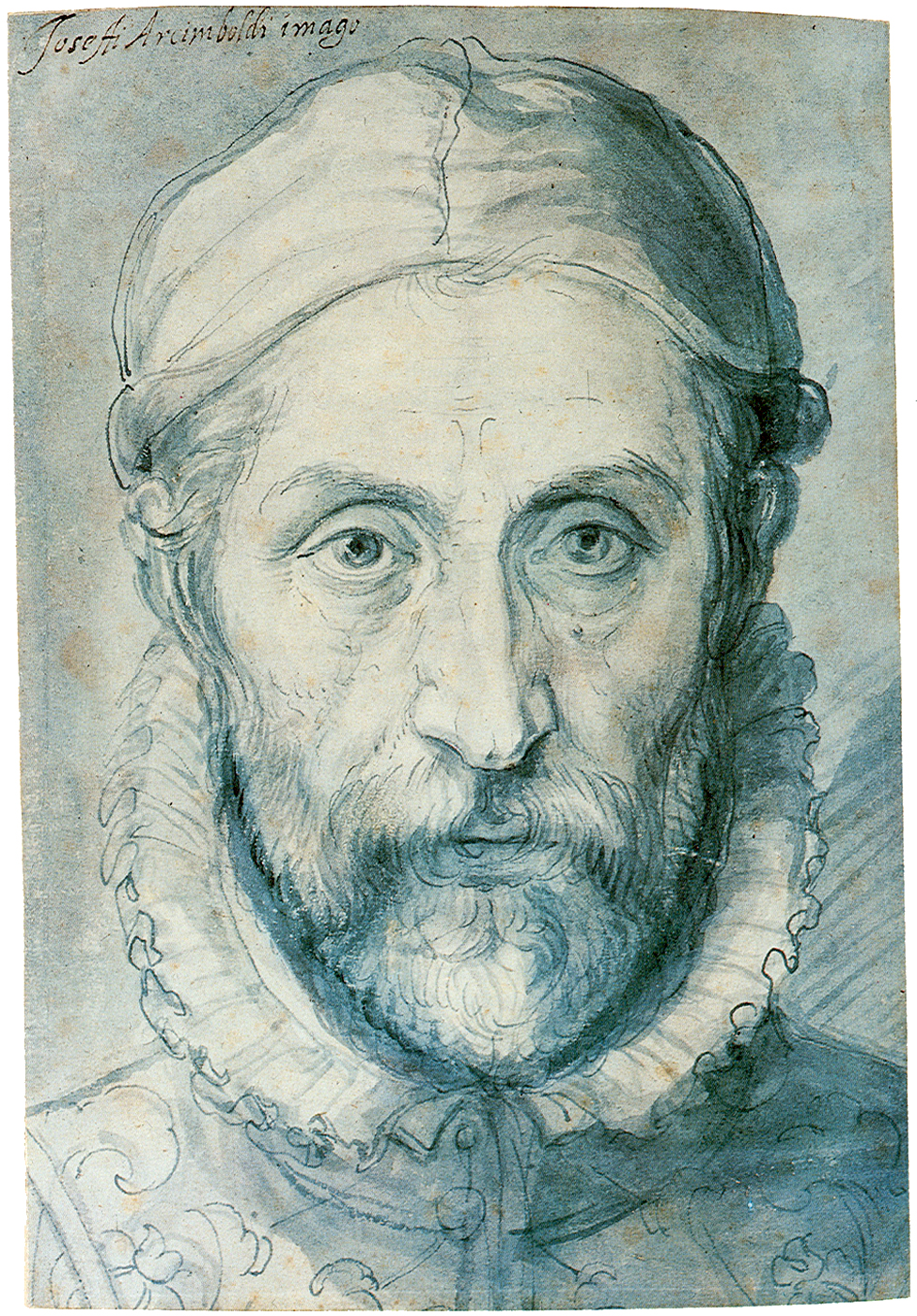Today is the first day of summer. Are you ready for the best part of the year? :)
The Milan-born painter Giuseppe Arcimboldo, who numbered several archbishops of that city among his ancestors, was in the employ of Emperor Ferdinand I, working with his father on the decoration of Milan Cathedral. Starting in 1562 he was imperial court painter in Vienna and Prague.
In 1563 he created a series of paintings of the seasons, and their uniqueness is responsible for the posthumous reputation of the painter, who was rediscovered in the 19th century. Two other paintings of the series have been preserved in addition to the present Summer: Winter and Spring. Another series, created in 1566 and depicting the four elements Fire, Water, Air, and Earth is important in understanding the season paintings. All of these heads were created according to the same unique principle: they are composed of plants, animals, and objects appropriate to the respective theme, without a single natural feature of the human face. In 1569 the humanist Giovanni Battista Fonteo wrote several poems dedicated to Maximilian II that are key to understanding the project. Based on the Aristotelian philosophy of the comparability of microcosms and macrocosms, the poems formulate all-encompassing praise for the ruler. The emperor has power over the state and people, and thus over nature and the world. There is perfect harmony between the seasons and the elements: summer and fire are hot and dry, winter and water cold and wet, whereas spring and air are hot and wet, and autumn and earth are cold and dry.


 Giuseppe Arcimboldo
Giuseppe Arcimboldo